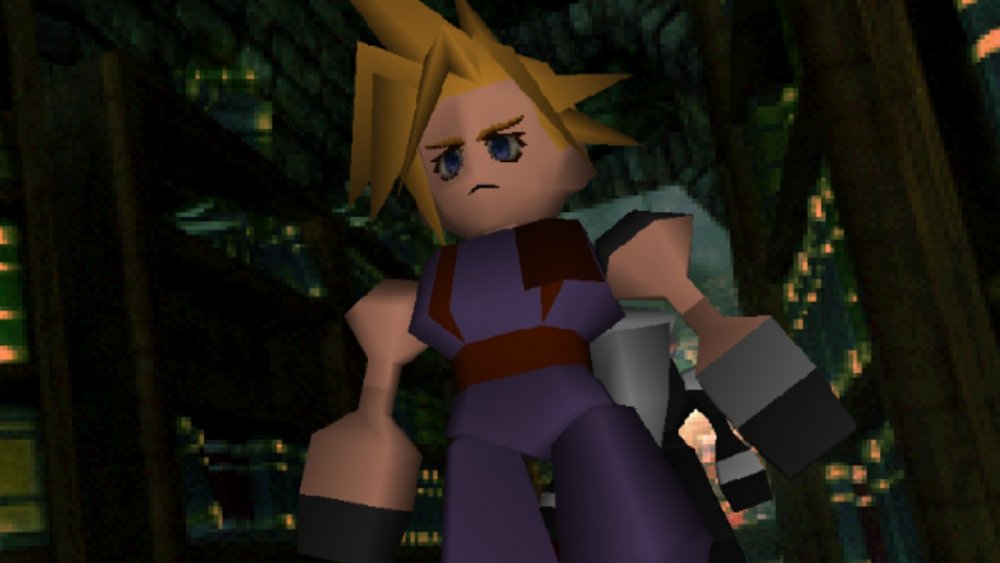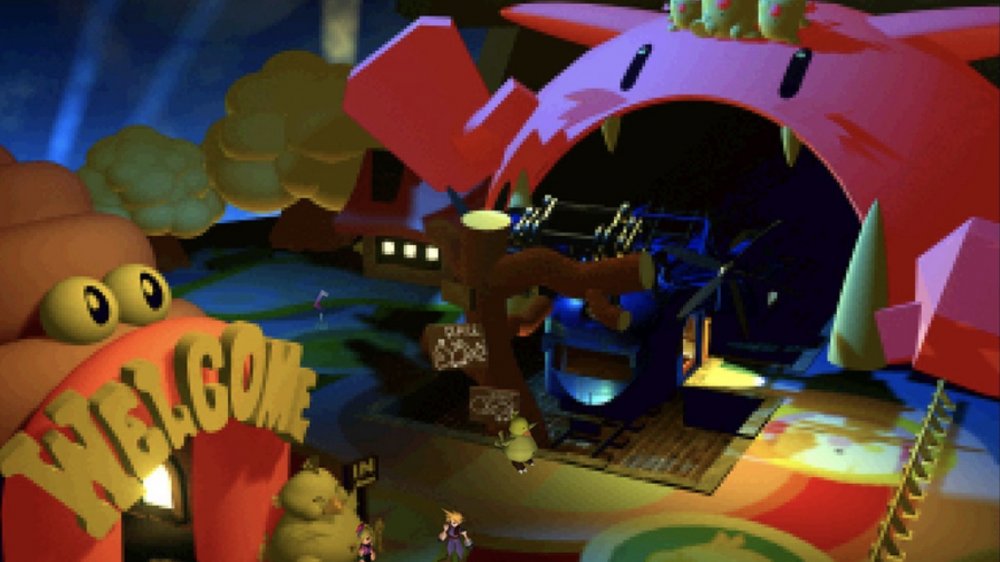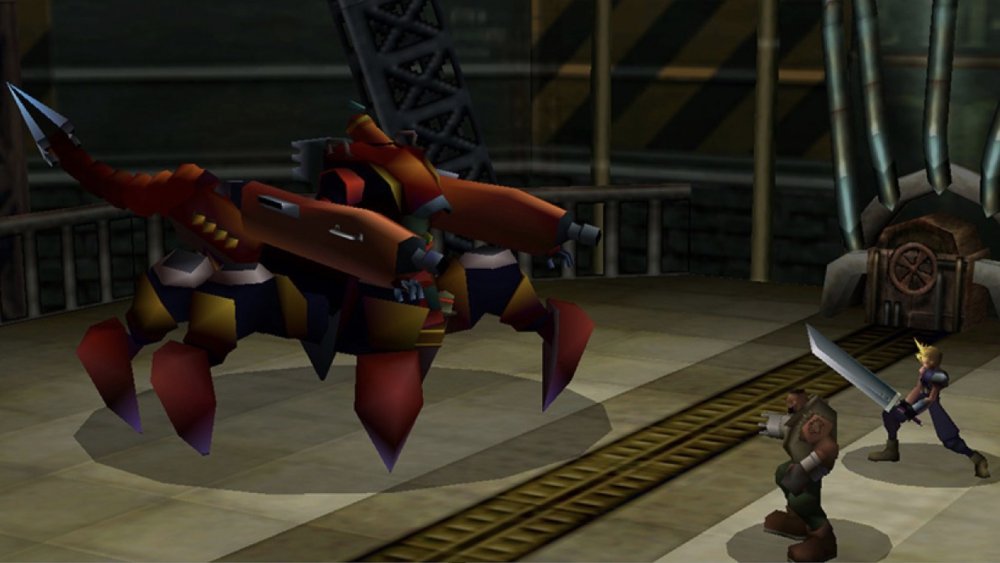The Version Of Final Fantasy 7 You Never Got To Play
Final Fantasy remains one of gaming's longest-running and iconic franchises, with a new title, Final Fantasy 16, now on the horizon. Final Fantasy 7 helped development company Square (also referred to as SquareSoft, now Square Enix) take the franchise into 3D while introducing players to a more grown-up Japanese RPG style that brought these games into the mainstream and continues to influence the genre today.
Not only that, many industry insiders will tell you that Final Fantasy has been one of the defining franchises for Sony. Nick Statt of The Verge claims its impact on Sony's first console may have been even more significant than that of Crash Bandicoot, Tomb Raider, Metal Gear Solid and Gran Turismo.
"The two brands — PlayStation and Final Fantasy — are intertwined in my memories and always will be, and that's true for the gaming industry as well," he said.
But if you're current on your video game history, you also know that Final Fantasy 7 almost had an entirely different destiny. Square's relationship with Nintendo was pretty tight back in the '90s, and a couple of previous attempts to develop the sequel had taken place on Nintendo systems. Had a Nintendo-exclusive Final Fantasy 7 ever happened, the game might have looked a lot different, and the entire gaming industry might have been changed as well.
Several attempts were made to develop Final Fantasy 7
Following the success of Final Fantasy 6 in 1994, another sequel was the obvious next step for developer Square. What wasn't so obvious was the new game's direction, Polygon reported. For several months, Square worked on a 2D version of the game and tried to formulate a plot, but the staff was pulled off to fix Chrono Trigger.
Then Square started experimenting in 3D. At that point, said producer and executive vice president of Square Japan Hironobu Sakaguchi, the company knew the next console generation would consist of the Nintendo 64 and the Sony PlayStation, and Square would be developing for one of them. Square was a long-time Nintendo ally, so it seemed natural for it to start working with the N64's hardware to see what could be done with it.
Many third-parties, however, started aligning with Sony's new product, in part because of the limitations of the N64's cartridge system over Sony's CDs. Sakaguchi opted to do the same.
"If you wanted to make a 3D action game on a Nintendo 64 cartridge with that limited space, you could do it," he told Polygon. "But I wanted to create a 3D role-playing game. It was very clear in my head what I wanted to make, but that would have been difficult on Nintendo's hardware."
Rumors of miscommunication and bad feelings between Square and Nintendo were widespread during this time. Square even included a not-so-subtle jab at Nintendo in its advertising for Final Fantasy 7.
What would an N64 Final Fantasy have been like?
Ultimately, Square did not feel like it could accomplish what it wanted to on the N64. Had it stayed with the system, no doubt it would have gone all in as it did for the PlayStation version. But, based on the oral history Polygon was able to uncover, it sounds like a Final Fantasy 7 would not necessarily have been the juggernaut it turned out to be.
The scrapped 2D version for the Super Famicom (Super Nintendo) might have featured a plot taking place in New York. In this version, a character named Detective Joe was investigating an organization that wished to destroy the Mako Reactors, Tetsuya Nomura of Square Japan said.
The concept for the N64 version, on the other hand, made use of the 64DD (which didn't actually materialize until 1999 and was a massive failure, anyway). In the end, Square would have had to consider an alternative to the cutscenes and memory-heavy content that it wanted to include. Square Japan director Yoshinori Kitase said that rendering a 2,000-polygon version of Behemoth was too much for Nintendo's system, so a lot of the beautiful weirdness that made the game unique would have been cut out.
Ultimately, the N64 couldn't have handled Final Fantasy 7 in the game's final form. Considering how great it turned out for Sony and for the video gaming world in general, it might have been for the best.



